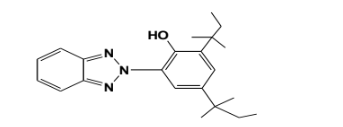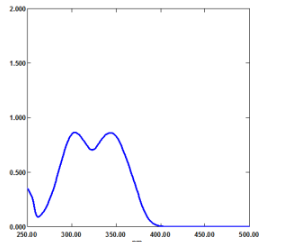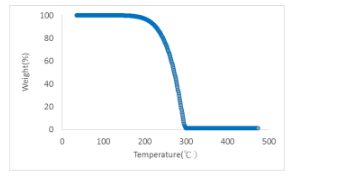Enhanced TDS
Identification & Functionality
- Chemical Family
- Chemical Name
- Manufactured By
- CASE Ingredients Functions
- Plastics & Elastomers Functions
- Technologies
- Product Families
- Chemical Structure

Features & Benefits
- CASE Ingredients Features
- Materials Features
- Product Advantages
- Readily soluble in a wide range of organic solvents.
- Minimal color contribution.
- Low interaction with metals.
- Excellent compatibility with variety of polymers.
Applications & Uses
- Compatible Polymers & Resins
- Recommeded Applications
Eversorb® 74 particularly recommended for coatings, polyolefines, polyurethanes, PVC, polyacrylate, epoxy, adhesives, and elastomers.
Properties
- Color (Properties)
- Physical Form
- Appearance
- Slightly yellowish powder
- Typical Physical Properties
Value Units Test Method / Conditions Melting Point 80 - 88 °C - Molecular Weight 351.5 g/mol - - SDS Physical and Chemical Properties
Value Units Test Method / Conditions Vapor Pressure (at 20°C) 5*1.0E⁻⁵ Pa - Insoluble in Water - - Specific Gravity 1.17 - - Ignition Temperature 390 °C - Flash Point 229 °C - Melting Point 80 - 88 °C - Odor None - - Appearance Slightly yellow Powder - - - Solubility Data
Value Units Test Method / Conditions Ethyl Acetate Solubility (at 25°C) 20 g/100g - Methyl Ethyl Ketone Solubility 23 g/100g - n-Butyl Acetate Solubility (at 25°C) 28 g/100g - Toluene Solubility (at 25°C) 36 g/100g - Xylene Solubility (at 25°C) 44 g/100g - Water Solubility (at 25°C) max. 0.01 g/100g -
Regulatory & Compliance
Technical Details & Test Data
- UV Visible Spectrum Graph
UV-Vis. Spectrum λmax.=303nm & 343nm (20ppm in THF)

- TGA scans
5% weight loss: 225°C (Ramp: 10.0°C/min to 800°C)

Packaging & Availability
Storage & Handling
- Storage Conditions
Eversorb® 74 should be kept in a dry, dark place without any light exposure.
